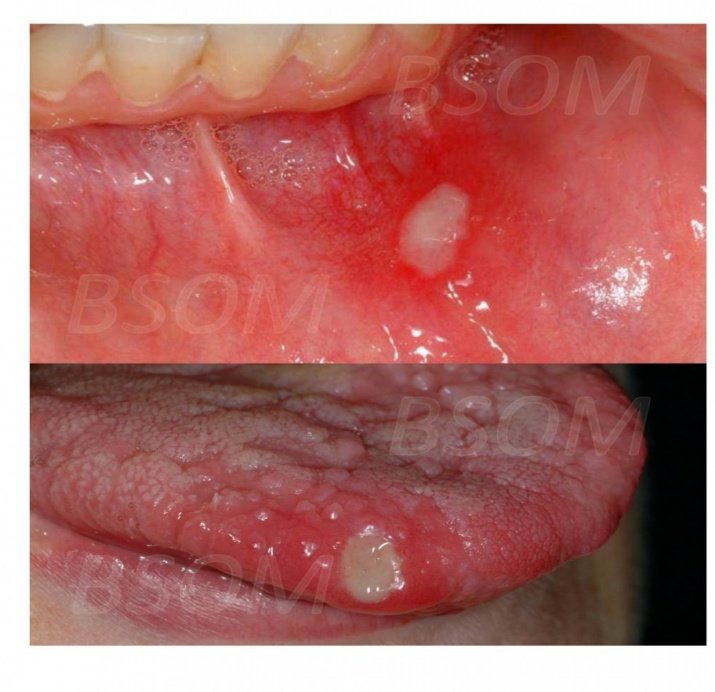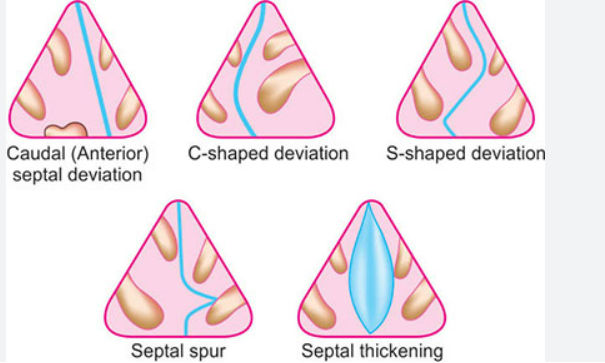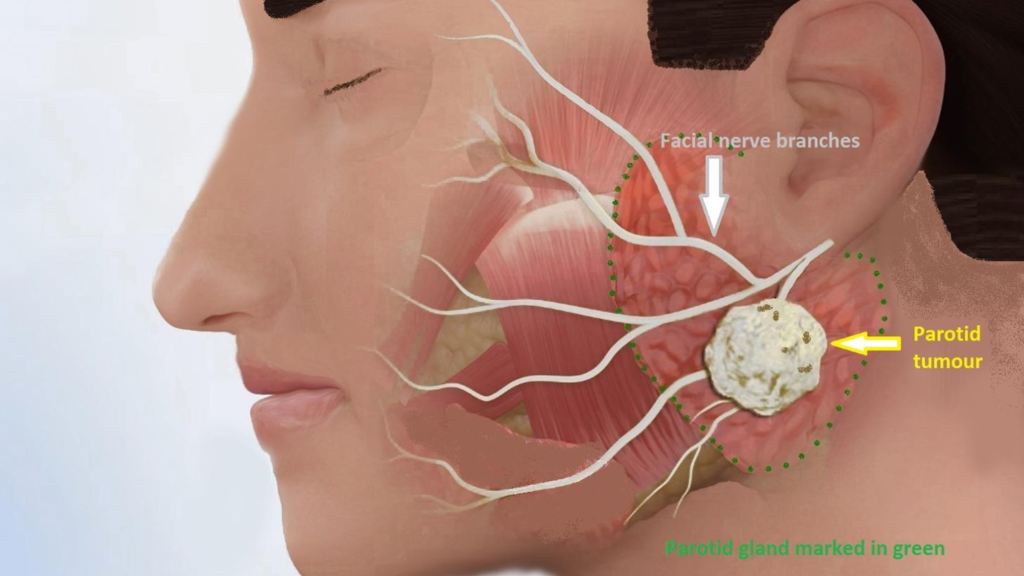/*! elementor - v3.13.3 - 28-05-2023 */
.elementor-widget-image{text-align:center}.elementor-widget-image a{display:inline-block}.elementor-widget-image a img[src$=".svg"]{width:48px}.elementor-widget-image img{vertical-align:middle;display:inline-block}

/*! elementor - v3.13.3 - 28-05-2023 */
.elementor-heading-title{padding:0;margin:0;line-height:1}.elementor-widget-heading .elementor-heading-title[class*=elementor-size-]>a{color:inherit;font-size:inherit;line-height:inherit}.elementor-widget-heading .elementor-heading-title.elementor-size-small{font-size:15px}.elementor-widget-heading .elementor-heading-title.elementor-size-medium{font-size:19px}.elementor-widget-heading .elementor-heading-title.elementor-size-large{font-size:29px}.elementor-widget-heading .elementor-heading-title.elementor-size-xl{font-size:39px}.elementor-widget-heading .elementor-heading-title.elementor-size-xxl{font-size:59px}
FAQs About Nose Surgery
What are the frequently asked questions by patients about nose surgery?
1. Will there be any scars on my face or neck after my nose surgery?
No. It is a scar-free surgery.
2. What steps do I take before my surgery?
▪ Kindly get the CT scan films to the hospital at the time of admission.
▪ Make sure Insurance clearance pre-approval is done before admitting the patient at the hospital. If there is any query raised by the insurance company, kindly whatsapp us at 8217884802 or forward the mail to us at ent.prash@gmail.com
▪ If you’re planned for a day care surgery (getting admitted and discharged the same day) then get admitted at 6am in the morning, get all the blood investigations, CT scans and PAC (Pre-anesthesia checkups) documents with you.
▪ If your discharge is planned on the 2nd day after surgery, you can get admitted in the evening on the previous day around 6pm (3 days and 2 nights insurance plan)
▪ One attendant must be present from the patient’s side who can stay with the patient. Please ensure that the surgical consent form is signed.
▪ Patients should not eat anything and should not take water after 10 pm, on the previous day and in the morning too.
▪ Diabetic patients must not take sugar tablets before surgery I, e on the day of surgery.
▪ Patients who are taking morning doses of antihypertensive, antiepileptic and thyroid medications should take tablets with one sip of water before surgery as advised by the anesthesiologist.
▪ Rest all medications should be taken before 10 pm from the previous day itself.
▪ If you have any queries or questions you can also whatsapp us at 8217884802
▪ If you are getting hospitalized, you can go for either AC or non AC room.
3. What should I do when my nose bleeds?
In case of a nasal bleeding emergency after your surgery, you can try these steps – Pinch your nose, bend forward and breathe through your mouth for 2 minutes. Inform the doctor immediately if the bleeding is more.
4. What medicine do I take for nose block?
For Nose block issues – use Otrivin nasal spray which is standard for nose block..
5. After my surgery, when is my next follow up session scheduled with my ENT doctor?
After your nose surgery, you need to visit the doctor one week later for splint removal. This will be your first follow up session.
After Splint removal, you need to visit the doctor after 2 weeks for an endoscopy procedure. This will be your second follow up session. This is followed by 2 months and 6 months successively.
6. How many times do I do the nasal wash?
During the first week of your surgery, you need to do Nose wash/sinus rinse 3 times a day.
After 2 weeks – Nose wash should be done for 2 times a day.
For the next 2 months: First month – one time a day in the evening. Followed by alternate evenings in the second month.
Post Surgery Nasal Wash
https://www.enthealth.in/wp-content/uploads/2023/06/nasel_surgery_new.webm

7. What conditions can sinus surgery treat?
Sinus surgery can help you feel better if you have:
▪ Chronic sinus headaches or sinusitis
▪ Chronic sinus infections
▪ Abnormal sinus growths
▪ Nasal or sinus polyps
▪ Fungal sinus disease
▪ Obstructions in your sinuses
▪ Nasal or sinus polyps
▪ Structural problems in your sinuses
8. What tips do you have for me to ease some discomfort and pain soon after my surgery?
Complete your medication as prescribed by your ENT doctor. Visit the hospital after 7 days for splint removal (depending on your case; as recommended by your doctor). You can also message us on whatsapp if you have any other symptoms after your surgery.
Here are few additional health tips that you can follow:
✔ Cough and sneeze with your mouth open.
✔ Do not blow your nose during the first week. During that time, if you have congestion, sniff gently and spit into a tissue.
✔ Avoid hot, spicy foods.
✔ Do not drink through a straw.
✔ Take sufficient rest.
9. Can I see my doctor in case I still have a few symptoms and what are those symptoms? When will they be reduced?
Yes, you can visit your doctor if these symptoms last for more than 3 days:
● You are bleeding excessively.
● You have signs of an infection such as fever, yellow-green drainage, unrelieved headache, or increased pain.
● You have decreased or double vision, swelling of the eyes, a stiff neck, or extreme fatigue.
● You have clear watery drainage from your nose.
However, remember post splint removal, most of your symptoms will reduce or be eliminated.
10. Can I take a bath after my surgery?
Yes, you can have a complete body bath the same day or the next day.
11. Can I move after my surgery?
You will be able to mobilize on the same day following 4-5 hours of surgery.
Walking, non-strenuous activity can be started from post op day 2.
12. What diet should I follow after my surgery?
Intake 3-4 liters of fluids daily (if no medical condition contraindicates the same).
A normal, regular diet is advised. Avoid spicy, oily, and sour foods to reduce acidity.
13. What happens soon after my surgery? Are there any risks involved?
You can expect some nasal stuffiness, bleeding, and crusting for 3-6 weeks after surgery. Many patients are back to work or school 2-3 days following surgery. Following your doctor’s suggestions can help you prevent complications and recover more quickly.
As with any surgery, you run a slight risk of infection and bleeding, including numbness in your front teeth.
– Dr. Prashanth R Reddy
“E.N.T. health – ENTry for better senses”.
Next Blog


















